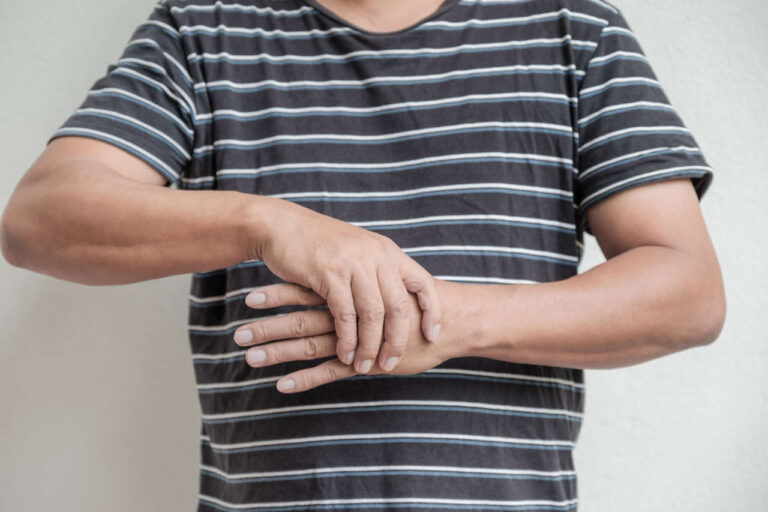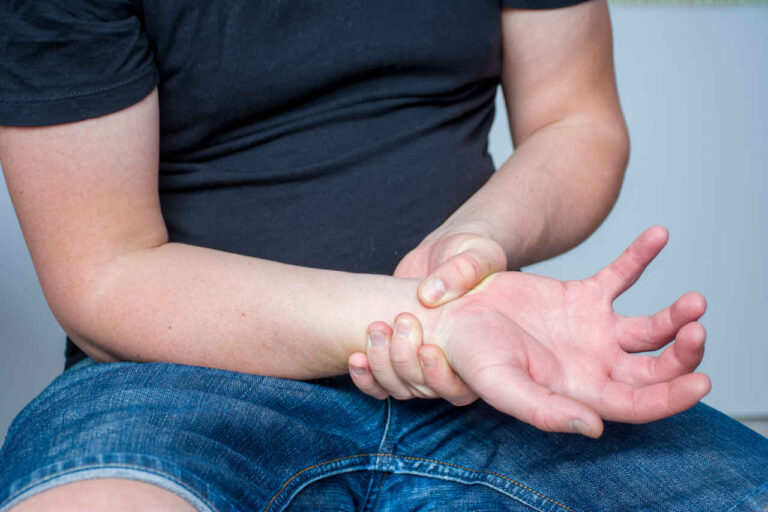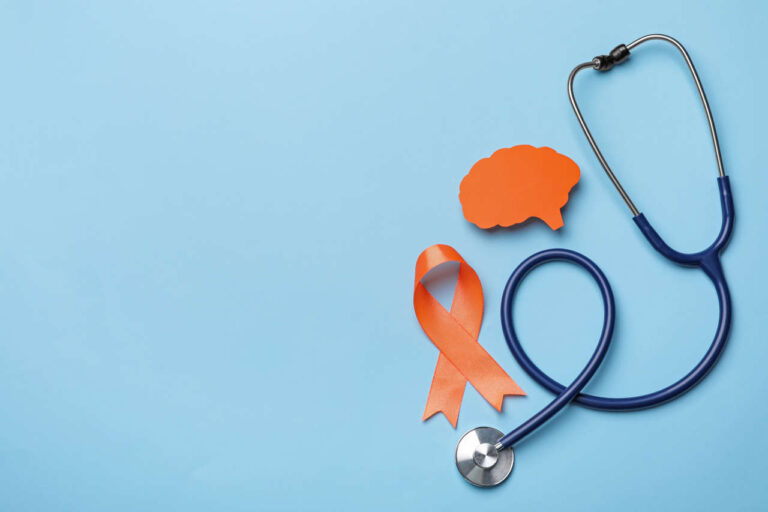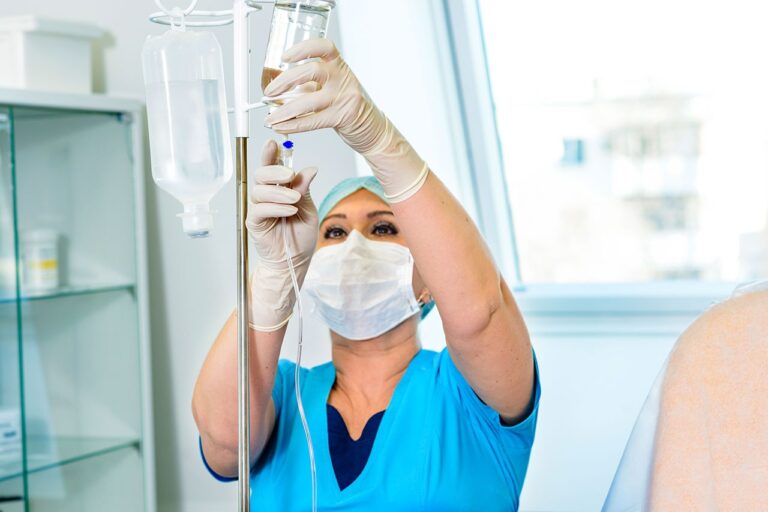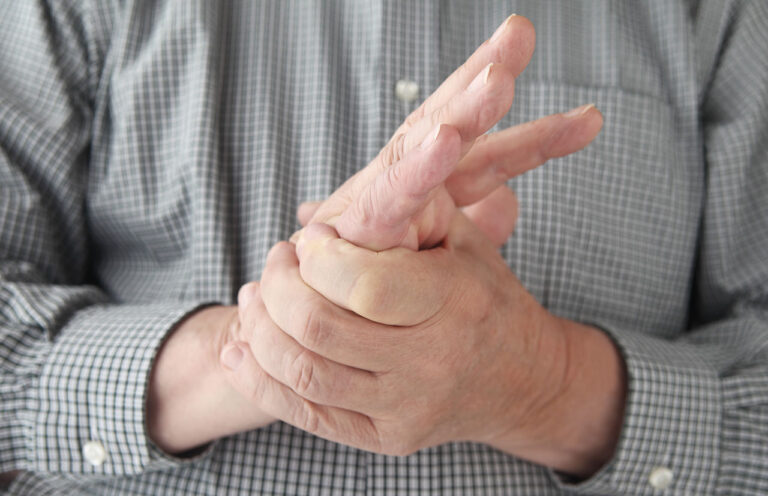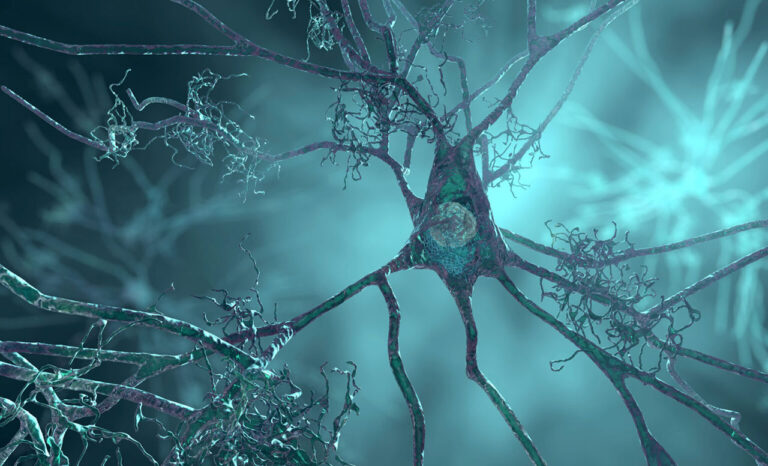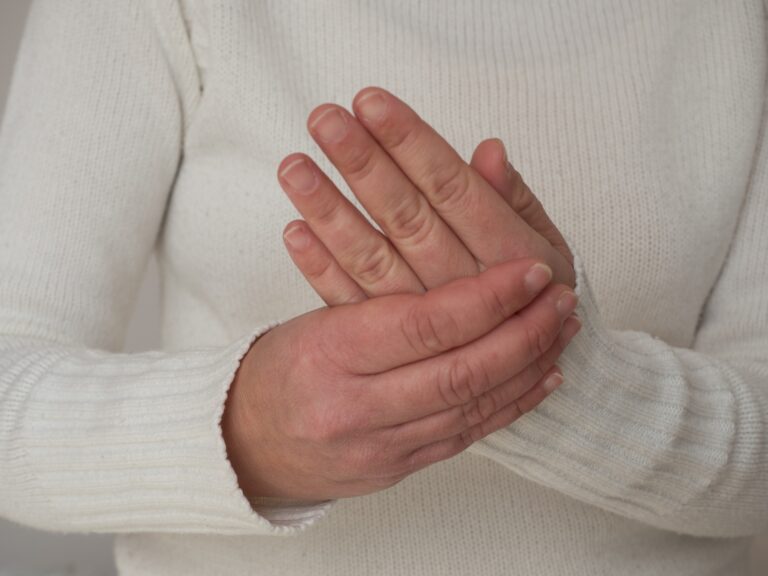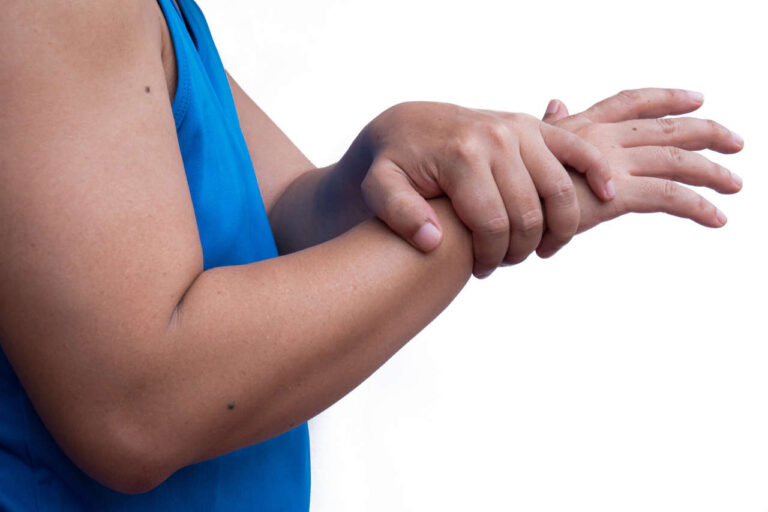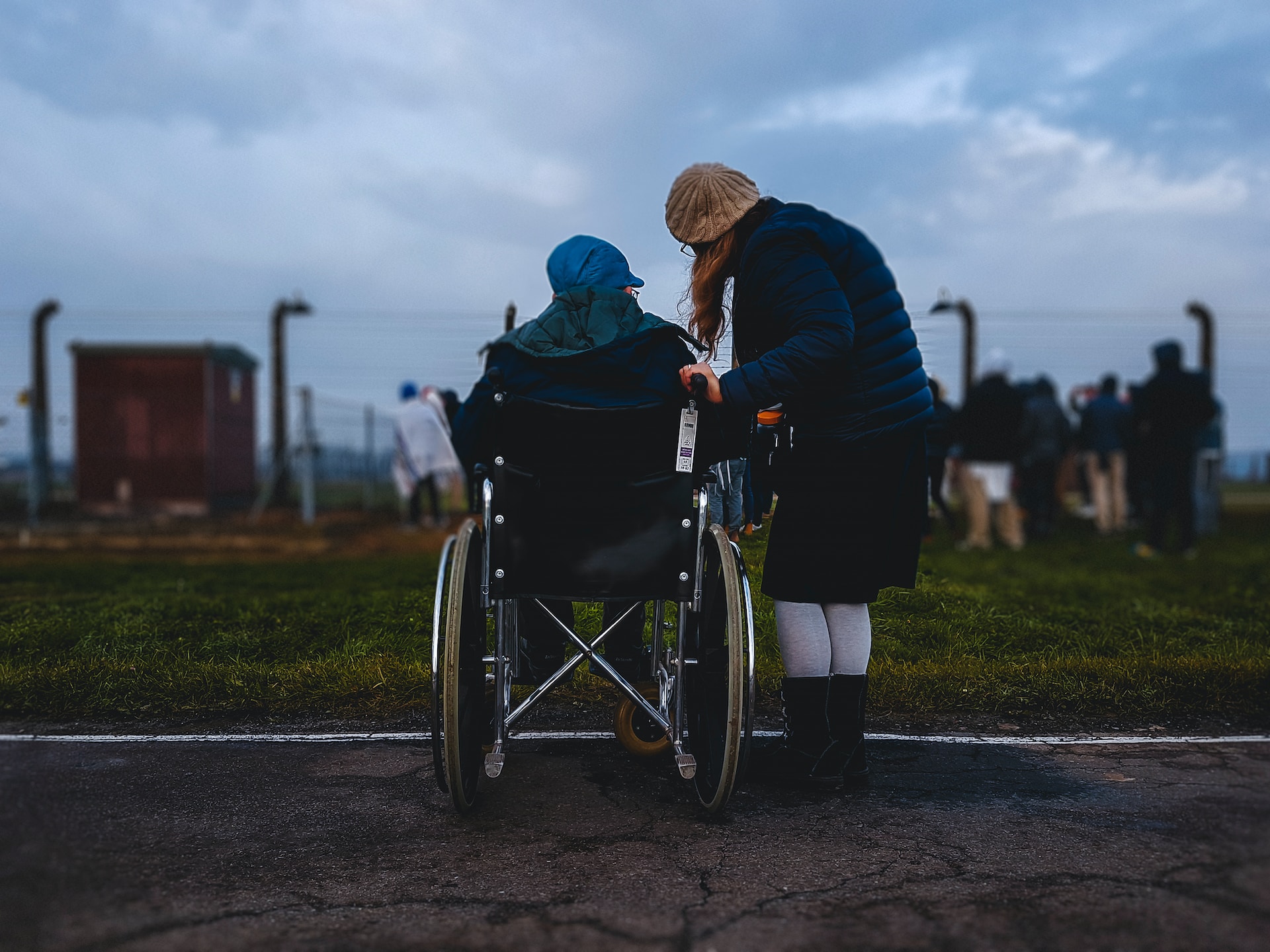
Hội chứng Guillain-Barre (GBS) và bệnh viêm đa dây thần kinh mạn tính mất myelin (CIDP) đều là các rối loạn tự miễn gây suy nhược toàn bộ cơ thể.
Nói chuyện với một chuyên gia
Về Trợ cấp đồng thanh toánMột số bác sĩ coi CIDP là một dạng GBS mãn tính. Tuy nhiên, có một số điểm khác biệt giữa CIDP và GBS. Việc hiểu rõ các dấu hiệu và nguyên nhân đặc trưng của GBS so với CIDP sẽ giúp bạn chuẩn bị tốt hơn để đối mặt với những căn bệnh này.
Sau đây là mọi thông tin bạn cần biết về hai tình trạng tự miễn dịch này.
Hội chứng Guillain-Barre là gì?
Hội chứng Guillain-Barre (GBS), hay bệnh viêm đa rễ thần kinh mất myelin cấp tính (AIDP), là một rối loạn tự miễn hiếm gặp. Trong rối loạn này, hệ thống miễn dịch của cơ thể tấn công các dây thần kinh trong hệ thần kinh ngoại biên, gây tê, ngứa ran và thậm chí liệt hoàn toàn.
Bệnh viêm đa dây thần kinh mất myelin mãn tính là gì?
Viêm đa dây thần kinh mất myelin mạn tính (CIDP) là một bệnh tự miễn hiếm gặp khác, trong đó cơ thể tấn công các bao myelin có chức năng cách ly các tế bào thần kinh khỏe mạnh. Rối loạn thần kinh này cũng ảnh hưởng đến khả năng vận động và dẫn đến suy giảm các giác quan.
Tỷ lệ mắc GBS so với CIDP
GBS xảy ra ở 1,1-1,8 trên 100.000 người hàng năm và phổ biến hơn một chút ở nam giới. Tỷ lệ mắc bệnh cũng tăng ở những người trên 50 tuổi.
Mặt khác, CIDP xảy ra ở 1,9-7,7 trên 100.000 người mỗi năm và xảy ra ở nam giới gấp đôi so với nữ giới. Bệnh cũng phổ biến hơn ở những người mắc bệnh tiểu đường.
Nguyên nhân gây ra CIDP và GBS
Mặc dù CIDP và GBS có liên quan, nguyên nhân chính xác của cả hai bệnh vẫn chưa được biết rõ. Các nhà khoa học tin rằng chúng là những rối loạn tự miễn dịch, trong đó hệ thống miễn dịch của cơ thể coi các dây thần kinh khỏe mạnh là tác nhân gây bệnh và tiêu diệt chúng.
Trong hầu hết các trường hợp, GBS xảy ra sau khi bị nhiễm trùng do vi khuẩn hoặc virus. Nó cũng có thể phát triển sau chấn thương, phẫu thuật hoặc tiêm chủng. Mặt khác, dường như không có yếu tố kích hoạt nào gây ra CIDP.
Các nhà khoa học đã tìm thấy một số protein liên quan đến các protein kiểm soát hệ miễn dịch trong máu của những bệnh nhân mắc các rối loạn này. Tuy nhiên, chúng ta vẫn chưa biết liệu những protein này có gây ra bệnh hay là kết quả của bệnh.
Các yếu tố rủi ro đối với GBS so với CIDP
Các yếu tố phổ biến nhất làm tăng nguy cơ mắc GBS bao gồm:
- Trên 50 tuổi
- Tiêu chảy và nhiễm trùng với Campylobacter jejuni vi khuẩn
- Các bệnh nhiễm trùng do vi-rút và vi khuẩn khác, chẳng hạn như nhiễm EBV (vi-rút Epstein-Barr) và CMV (vi-rút Cytomegalovirus)
CIDP không có yếu tố nguy cơ đặc trưng. Tuy nhiên, một số yếu tố có thể làm tăng nguy cơ mắc bệnh này bao gồm:
- GBS
- Bệnh ung thư
- Tiêm chủng
- Nhiễm trùng do vi-rút
Các triệu chứng của GBS và CIDP
GBS
Các dấu hiệu và triệu chứng của hội chứng Guillain-Barre Xuất hiện trong vòng ba tuần sau khi nhiễm trùng. Chúng bắt đầu bằng cảm giác tê hoặc yếu ở tay và chân. Khi bệnh tiến triển, các triệu chứng sau cũng có thể xuất hiện:
- Đau lưng
- Cảm giác tê buốt
- Khó thở và khó nuốt
- Các vấn đề về cân bằng và phối hợp
- Giảm hoặc mất phản xạ gân sâu
- Yếu cơ mặt và mắt
Những thay đổi về thần kinh cũng có thể gây ra các vấn đề về thị lực, tiêu hóa và tim đập nhanh. Các triệu chứng này có thể trở nặng hơn sau 3 tuần và dẫn đến liệt toàn thân. Tuy nhiên, chúng sẽ không trở nặng hơn sau tuần thứ tư.
Nhận Hỗ trợ Tài chính cho GBS hoặc CIDP
CIDP
CIDP khởi phát chậm hơn so với GBS và các triệu chứng cũng tiến triển hơn. Hầu hết bệnh nhân đều bị yếu và tê tay chân. Rất ít bệnh nhân gặp vấn đề về mặt hoặc mắt.
Những điều phổ biến khác Các triệu chứng của CIDP bao gồm:
- Mệt mỏi
- Nhìn đôi
- Mất phản xạ
- Các vấn đề về cân bằng và phối hợp
- Sự vụng về và khó nuốt
- Tê hoặc ngứa ran ở tay và chân
- Dần dần suy yếu và mất cảm giác ở tay và chân
Các triệu chứng của CIDP ảnh hưởng đến cả hai bên cơ thể và tiến triển dần dần trong vài ngày hoặc vài tuần.
Sự khởi phát và tiến triển của GBS và CIDP
GBS biểu hiện cấp tính hơn CIDP. GBS thường khởi phát sau vài ngày đến vài tuần và thường xảy ra sau một sự kiện khác, chẳng hạn như nhiễm trùng, phẫu thuật hoặc tiêm chủng. Vì GBS chỉ mất vài tuần để phát triển hoàn toàn, nên nó được coi là một bệnh lý thần kinh tự miễn cấp tính.
CIDP có thể khởi phát trong vài tuần, vài tháng hoặc thậm chí vài năm, và hiếm khi liên quan đến nhiễm trùng hoặc các biến chứng y tế khác trước khi nó xảy ra. CIDP được coi là bệnh lý thần kinh tự miễn mãn tính vì có thể mất nhiều năm mới phát hiện được.
Các xét nghiệm chẩn đoán GBS so với CIDP
CIDP có thể xảy ra trong bối cảnh một số rối loạn máu. Xét nghiệm hữu ích nhất để phân biệt GBS với CIDP là tốc độ dẫn truyền thần kinh (NCV).
NCV sẽ cho thấy dấu hiệu tổn thương ở lớp vỏ bao quanh dây thần kinh ở CIDP và một số dạng GBS, trong khi các dạng CIDP khác cho thấy sự tắc nghẽn trong quá trình truyền xung động của dây thần kinh.
Mặc dù chọc tủy sống hoặc sinh thiết dây thần kinh có thể cung cấp thông tin hữu ích, nhưng nhìn chung chúng không cần thiết để chẩn đoán CIDP và GBS.
Các lựa chọn điều trị cho GBS so với CIDP
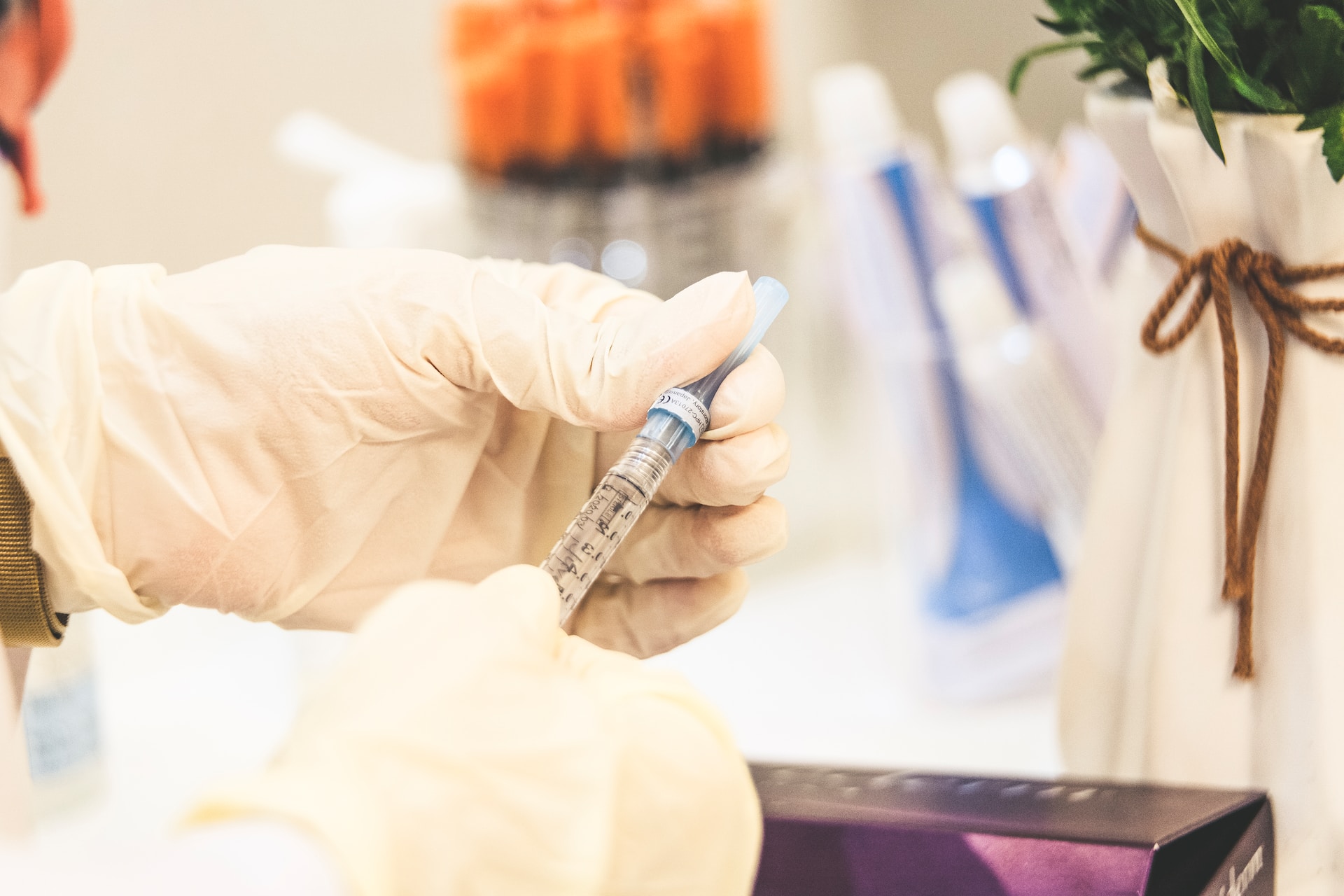
Phương pháp điều trị hiệu quả nhất cho CIDP và GBS là liệu pháp miễn dịch. Tuy nhiên, đây không phải là lựa chọn duy nhất. Dưới đây là các phương pháp điều trị phổ biến nhất cho hai tình trạng tự miễn dịch này.
Thông tin điều trị
Nhận được sự cho phép trướcĐiều trị GBS
Phổ biến nhất Các lựa chọn điều trị hội chứng Guillain-Barre bao gồm trao đổi huyết tương (PE) và globulin miễn dịch tiêm tĩnh mạch (IVIG). Cả hai phương pháp điều trị đều có kết quả và tác dụng phụ tương tự nhau, dễ kiểm soát.
Steroid không có tác dụng trong điều trị GBS. Một kháng thể đơn dòng gọi là eculizumab (EC) đã được chứng minh là hữu ích trong điều trị các trường hợp nặng hơn và đang được thử nghiệm thêm.
Một số bệnh nhân ở giai đoạn tiến triển của GBS có thể cần rất nhiều sự chăm sóc hỗ trợ, bao gồm cả hỗ trợ thở máy, trong vài tháng trước khi hồi phục hoàn toàn.
Điều trị CIDP
Điều trị CIDP bao gồm PE, IVIG và steroid. Chúng đều có giá trị như nhau. Các nhà khoa học vẫn chưa xác định được liều lượng tối ưu của các thuốc này.
Mặc dù bệnh nhân thấy cải thiện đáng kể sau điều trị, nhưng những lợi ích này chỉ kéo dài vài tuần. Do đó, cần phải điều trị vài tuần một lần, đôi khi kéo dài hàng năm.
Đối với những bệnh nhân không cải thiện với các phương pháp điều trị trên, cyclophosphamide có thể hữu ích. Vật lý trị liệu (PT) thường hữu ích cho bệnh nhân CIDP.
IVIG có thể giúp ích gì cho những người mắc GBS và CIDP?
Globulin miễn dịch tiêm tĩnh mạch (IVIG) là một phương pháp điều trị đã được FDA chấp thuận có thể giúp bạn kiểm soát cả hai bệnh này. Dung dịch IVIG chứa kháng thể được chiết xuất từ huyết tương của người hiến tặng khỏe mạnh.
Mặc dù cơ chế hoạt động chính xác vẫn còn là một bí ẩn, các nhà khoa học tin rằng IVIG điều trị các bệnh tự miễn bằng cách tạo ra sự cân bằng. Nó cung cấp cho cơ thể bạn đủ kháng thể khỏe mạnh để ngăn hệ thống miễn dịch đang suy yếu của bạn tự tấn công chính nó.
Bằng cách điều chỉnh hệ thống miễn dịch của bạn, IVIG có thể làm giảm các triệu chứng và giúp bạn phục hồi. Nhiều nghiên cứu hỗ trợ hiệu quả của IVIG cho CIDP và GBS, vì vậy bạn có thể tự tin lựa chọn phương pháp điều trị này.
Quy trình IVIG cho GBS so với CIDP
Liệu pháp IVIG là một thủ thuật đơn giản. Dù bạn mắc GBS hay CIDP, quy trình sẽ diễn ra như sau:
- Bạn sẽ đến trung tâm truyền dịch, phòng khám hoặc bệnh viện, hoặc một y tá chuyên khoa sẽ đến nhà bạn.
- Y tá sẽ tiêm tĩnh mạch hoặc tiêm dưới da vào cánh tay của bạn và bắt đầu truyền dịch.
- Sau khoảng 3 đến 5 giờ, toàn bộ dung dịch IVIG sẽ đi vào cơ thể bạn.
Quy trình này hầu như không gây đau đớn. Bạn sẽ chỉ cảm thấy khó chịu khi y tá đưa kim vào cánh tay. Bạn cũng có thể gặp một số tác dụng phụ nhẹ, chẳng hạn như đau đầu và sốt, nhưng sẽ nhanh chóng hết sau khi truyền.
Chi phí điều trị IVIG cho GBS so với CIDP
Các chi phí của IVIG Liệu pháp điều trị tương tự nhau cho cả CIDP và GBS. Liều có thể dao động từ $100 đến $350 mỗi gam tùy thuộc vào nhiều yếu tố như:
- Tuổi
- Cân nặng
- Thương hiệu IVIG
- Phương pháp tiêm
- Số lần truyền
Tổng chi phí có thể lên tới hơn $5.000 cho mỗi người. Tuy nhiên, bạn có thể chi trả bằng nhiều hình thức hỗ trợ tài chính khác nhau. hỗ trợ đồng thanh toán chương trình. Bảo hiểm cũng sẽ chi trả một phần chi phí tùy thuộc vào tình trạng của bạn.
Triển vọng và phục hồi cho GBS so với CIDP
Các triển vọng dài hạn cho hội chứng Guillain-Barre đang có triển vọng, với 95% bệnh nhân hồi phục ở các mức độ khác nhau. Các triệu chứng thường trở nặng hơn trong 4 tuần trước khi ổn định.
Hầu hết mọi người sẽ hồi phục trong vòng 6 đến 12 tháng sau khi bắt đầu điều trị. Một số người khác có thể mất đến 3 năm để hồi phục. Một số người vẫn bị yếu cơ, và một số khác có thể tái phát.
Sống chung với CIDP Tùy từng người mà các triệu chứng có thể khác nhau. Hầu hết người mắc CIDP đều thấy các triệu chứng cải thiện ngay lập tức sau khi điều trị. Một số người khác có thể thỉnh thoảng gặp phải các triệu chứng.
Nhiều người mắc CIDP sẽ có một số mức độ khuyết tật về thể chấtTuy nhiên, bệnh nhân mắc cả hai bệnh này có thể tránh được tình trạng tàn tật và liệt nếu phát hiện sớm và điều trị đúng cách.
Nói chuyện với một chuyên gia
Về Trợ cấp đồng thanh toánQuản lý CIDP và GBS với Nhà thuốc chuyên khoa AmeriPharma®
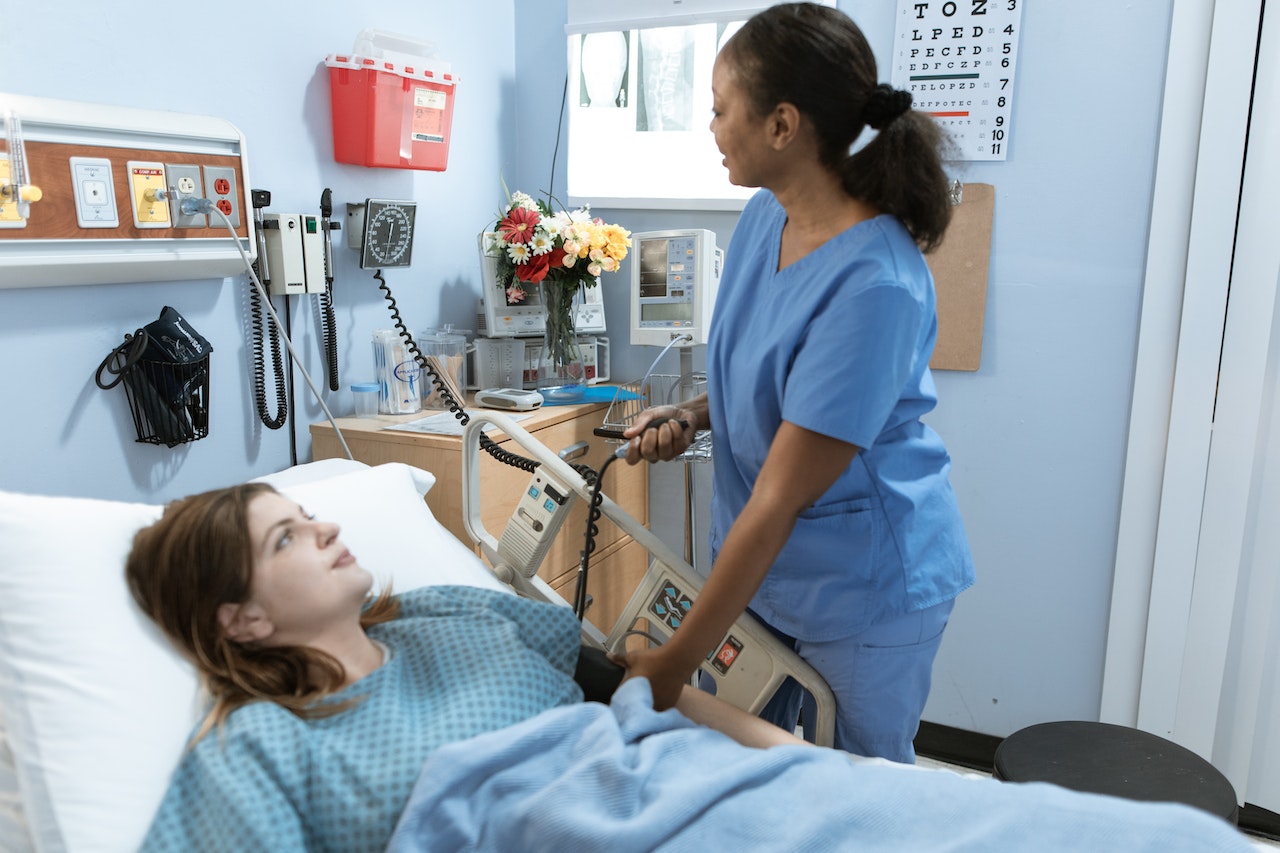
Mặc dù hội chứng Guillain-Barre và bệnh viêm đa dây thần kinh mất myelin mạn tính là những tình trạng tương tự nhau, nhưng chúng có những điểm khác biệt đáng chú ý. Hãy lưu ý và học cách nhận biết các triệu chứng của GBS so với CIDP để bạn có thể đi khám bác sĩ kịp thời.
Nếu bạn đã được chẩn đoán mắc một trong hai tình trạng này, chúng tôi có thể giúp bạn kiểm soát chúng. Tại Nhà thuốc Chuyên khoa AmeriPharma®, chúng tôi cung cấp dịch vụ truyền dịch tại nhà và các loại thuốc khó tìm cho những người đang phải vật lộn với các tình trạng sức khỏe suy nhược tại hơn 40 tiểu bang và vùng lãnh thổ của Hoa Kỳ.
Bắt đầu Hãy liên hệ với chúng tôi ngay để được hưởng ưu đãi hỗ trợ đồng thanh toán, hỗ trợ 24/7/365 và phối hợp chăm sóc toàn diện.

